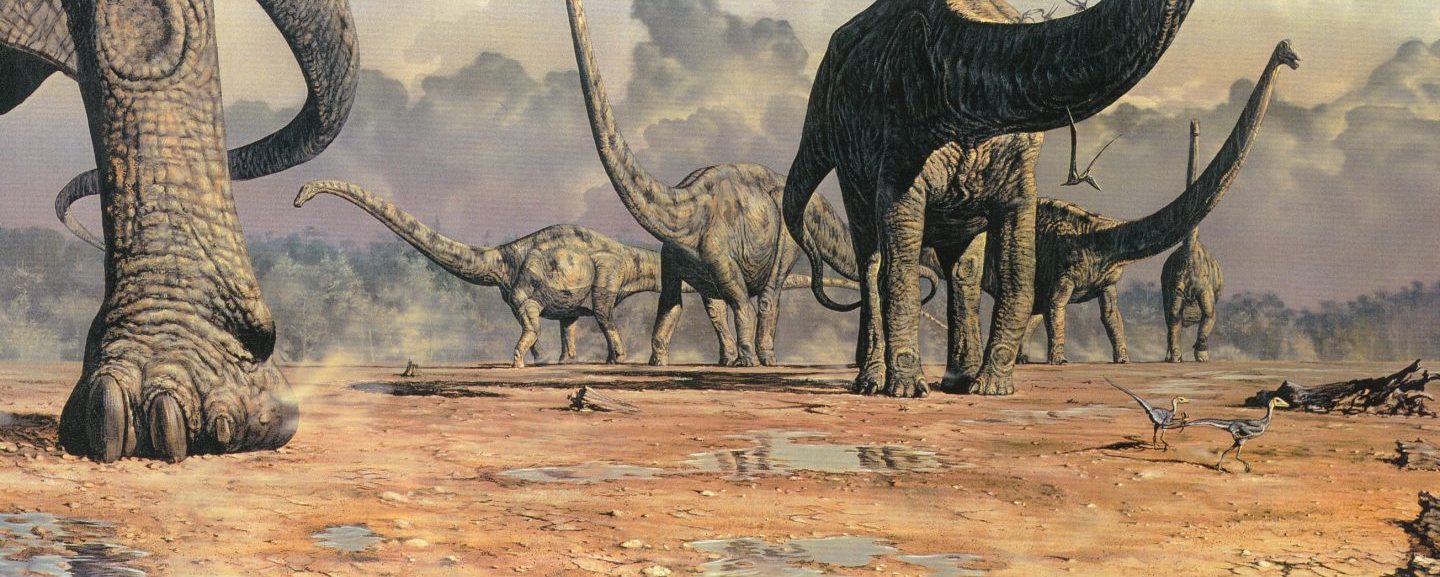The over-arching goal of our lab is to mine molecular information housed in ancient fossil remains.
To do this, we use a two-pronged approach, that applies a variety of well-tested and well-understood methods to fully characterize fossil tissues at the molecular level, and then identifies both post-mortem molecular changes and environmental parameters of the burial environment that may result in this unusual preservation.
We ask:
1. What are these materials comprised of today?
2: How are they preserved?
3. How can we USE the information therein to better understand both the world and life in the past, and in the present and future as well.
We hypothesize that:
1. If apparent soft-tissues remain were produced by the once-living organism, they should retain a molecular signal similar (but not identical to) their modern counterparts.
2. For such tissues to be preserved in the fossil record, normal degradative processes must be arrested before degradation is complete.
For those fossils preserved in an exceptional manner (i.e., preserving original soft tissues, molecules, or otherwise labile components), this arrest must occur early in diagnesis. Because most skin, muscle, and other soft tissues usually are completely degraded within months to a few years post mortem, these processes are amenable to testing through actualistic experimentation.
CLICK HERE for more information about the specific projects we’re currently working on.
